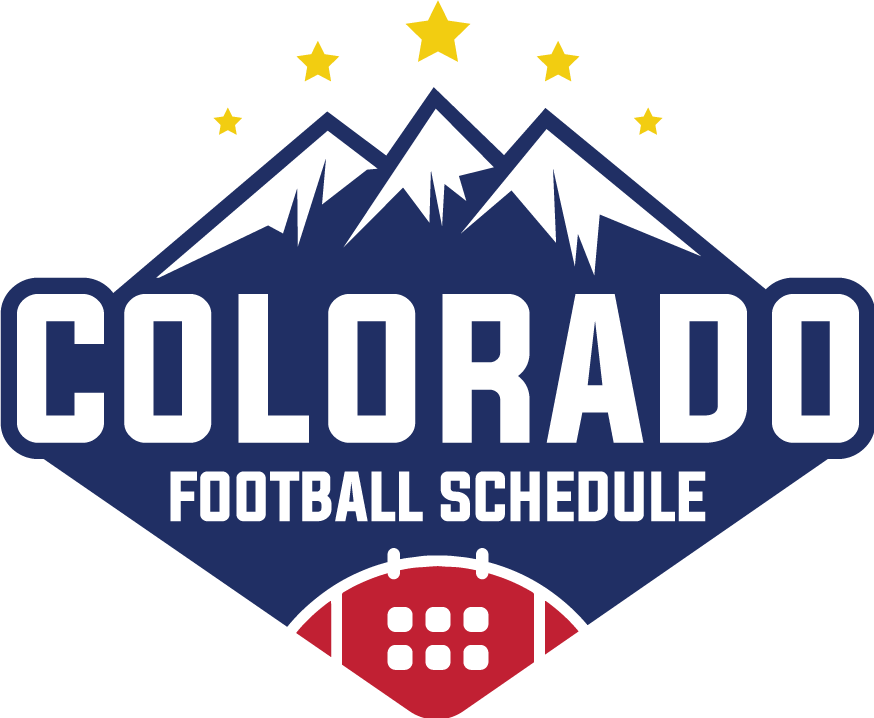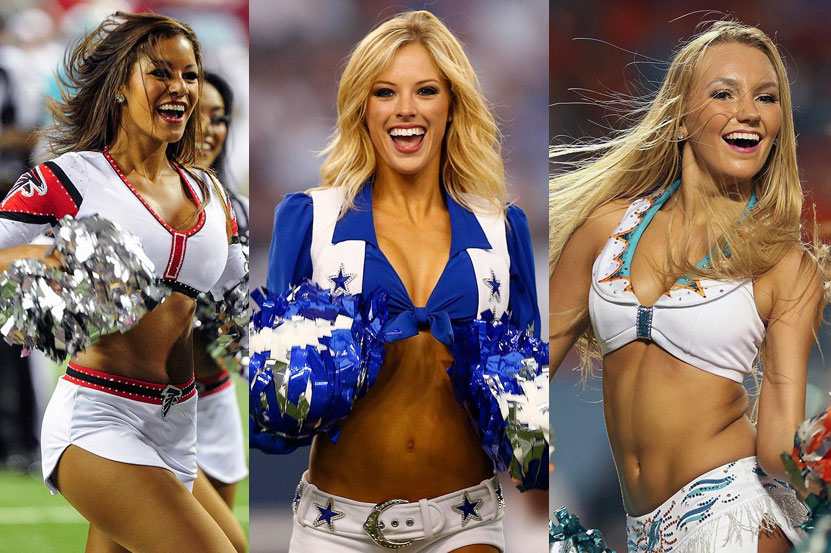The question “how much do NFL cheerleaders make?” has been landing in headlines a lot this season. It’s no surprise: the sideline performers have become a lightning-rod topic as fans discover that the dazzling routines, polished smiles, and marathon practice schedules are rewarded with surprisingly modest checks. Interest exploded after a wave of documentaries, social-media testimonials, and fresh legal action turned an often whispered issue into a front-page story.
Why salary talk is back on the front burner
Netflix’s 2024 series America’s Sweethearts: Dallas Cowboys Cheerleaders pulled back the curtain on the world’s most famous squad, revealing that even the NFL’s gold-standard team earns far less than many viewers had assumed. Interviews in TIME and People drove the point home, contrasting long rehearsal nights with pay packets that would feel familiar to retail clerks. The show’s huge audience put fresh pressure on owners just as the 2024-25 season kicked off.
The national snapshot: averages for 2025
ZipRecruiter’s May 2025 data pegs the average U.S. hourly rate for an “NFL cheerleader” job title at $29.05, with most offers clustered between $17 and $24.While that headline number sounds healthy, remember it only covers hours that the employer chooses to log. Unpaid “volunteer” appearances and mandatory fitness sessions still slip through the cracks, meaning real effective pay is usually lower than the spreadsheet suggests.
The league’s rough baseline
A more conservative yardstick comes from AS USA, which reports the “standard” rate around $150 per game day plus $50-75 for a public appearance, yielding an annual haul near $22,500. Those figures have hardly budged in a decade, despite the NFL’s revenue cresting $20 billion. For many rookies the economics are simple: football weekends cover gas money, not rent.
Outliers at the top end
The Dallas Cowboys Cheerleaders remain the envy of their peers. Multiple outlets place their compensation at about $500 per game and $15-20 an hour for rehearsals, translating to $70 – 75k if someone logged a conventional full-time year. That total still pales beside the league-minimum player salary ($795k) but shows how wide the band is from club to club.
Middle-of-the-pack and climbing
Several franchises—the Dolphins, Vikings, Patriots, and Eagles among them—now list hourly practice pay in the $15-20 range and game stipends up to $500. Dancers say the real game-changer isn’t the headline rate but guaranteed overtime and timely direct deposits, something lawsuits forced onto the table.
Geography matters
ZipRecruiter’s state drill-down illustrates the spread: cheerleaders in Washington average $24.56 an hour, while counterparts in Florida hover near $16.20. Cost-of-living gaps explain some of that, but dancers note that stronger wage-and-hour enforcement on the West Coast also nudges rates higher.
The Super Bowl paradox
Even with record TV audiences, performers at the 2025 Super Bowl are set to collect roughly $150 for the game-day shift—about one-fortieth of the league’s per-second commercial price tag. Travel days, media rehearsals, and community events around the big game still count as unpaid “honorary” time for many squads.
Add-on income: appearances and brand work
Teams book dancers for corporate outings, hospital visits, and youth camps, typically at $50-100 per hour. The catch: only a few of those events fall during the season, and cheerleaders rarely pocket the full fee. Agencies or the franchise itself may skim a large percentage, leaving performers with tip-sized take-home pay.
How lawsuits moved the needle
The modern pay fight traces back to Lacy T.’s 2014 class action against the Raiders, which exposed a $125-per-game flat fee that worked out to less than $5 an hour once rehearsals were counted. A $1.25 million settlement plus public outcry pushed the team to switch to an hourly system. California then passed AB 202, declaring pro-sports cheerleaders employees entitled to minimum wage and overtime.
Fresh cases and lingering gaps
Legal claims kept rolling. A 2024 filing again targeted the now-Las Vegas Raiders, alleging rehearsal hours are still shaved off pay stubs. Buffalo, New York, hosts a separate class action by former “Jills” who say mandatory charity appearances were never compensated. Lawyers argue that without a league-wide framework, change depends on whichever state the court is in.
A ten-year fight and counting
Reporters at NPR and The 19th tallied at least nine major wage-theft suits since 2014, yet many base rates remain frozen at pre-inflation levels. Dancers who spoke on-air described juggling full-time nursing shifts or classroom jobs alongside 20-hour practice weeks—an arrangement they accept for the love of performing, but one that few could sustain past their mid-twenties.
Talk of unionization grows louder
After the documentary aired, labor-organizing think pieces flooded sports media. Defector laid out practical paths, from partnering with performers’ guilds to joining the NFL Players Association as an associate unit. No squad has taken the formal plunge yet, but veteran dancers say informal cross-team group chats are swapping contract details in a way that would have been unthinkable five years ago.
The money gap in plain numbers
Consider the contrast: an average Dallas Cowboys cheerleader’s estimated full-season earnings (about $75k) add up to less than one percent of quarterback Dak Prescott’s weekly game check. League-wide, the total payroll for every cheerleader in the NFL is believed to be under $20 million—a rounding error next to the $125 million that Fox pays for a single Sunday evening broadcast.
Counting the hours
Cheerleaders estimate 6-8 hours of practice three nights a week from July through January, plus conditioning, costume fittings, and up to three weekend appearances. Stack that against 17 regular-season games and it’s easy to log 1,000+ labor hours in a year. Divide the high-end $22,500 average by those hours and the effective rate plunges below $23. Many dancers call it a “paid hobby,” not a living.
Policy levers on the horizon
California’s law inspired similar bills in New York and New Jersey, though none have become statute yet. Advocates also hope that Title VII discrimination cases, equal-pay amendments, and the growing recognition of competitive cheer as an Olympic sport will strengthen claims that sideline dance is skilled labor, not a volunteer gig.
What comes next?
Netflix has green-lit a second season of America’s Sweethearts for 2025, guaranteeing another spotlight on compensation. Franchise social accounts now trumpet “increased stipends” during audition season, hinting that public pressure is working. Still, without a collective bargaining structure or a league-mandated floor, progress will likely stay piecemeal—faster in states with tough wage laws and slower in markets where teams outsource squads to third-party agencies.
Until then, the dancers who electrify halftime will continue to chase a passion that pays in memories first and money second. Fans who believe the job deserves better can amplify the issue, support performers’ merchandise, and keep asking awkward questions every time a billion-dollar franchise hires dancers at burger-joint rates.


Leave a Reply